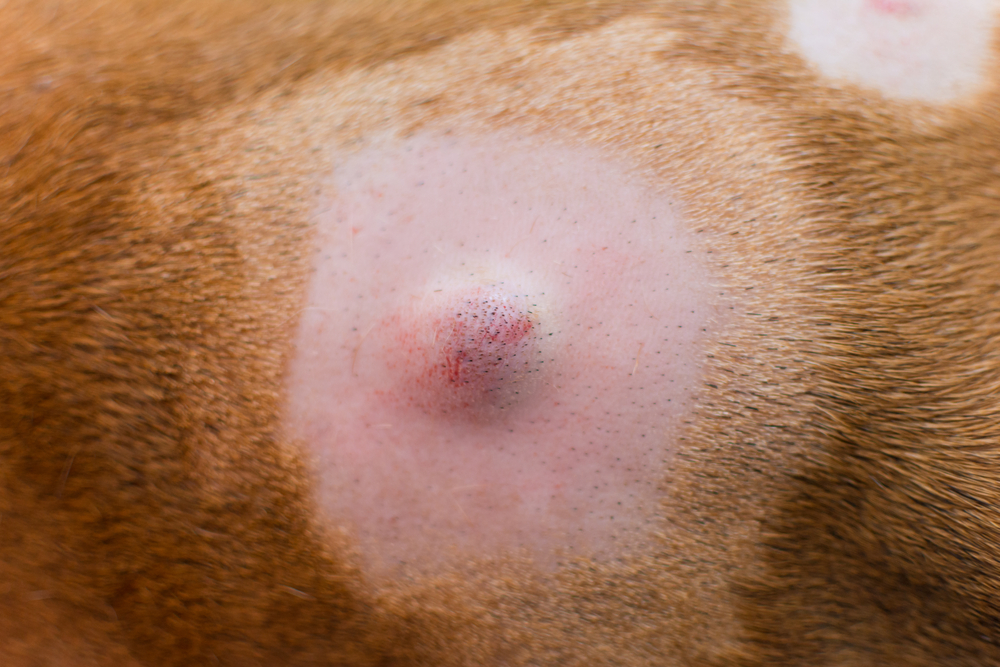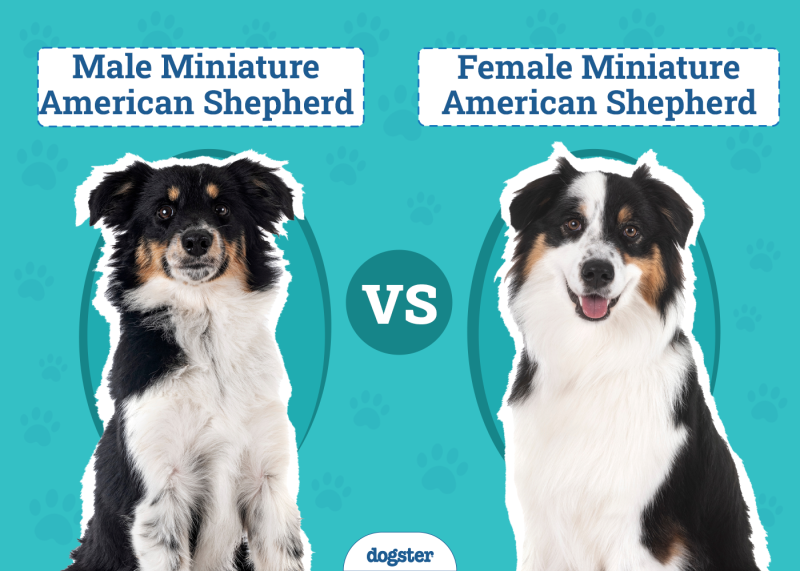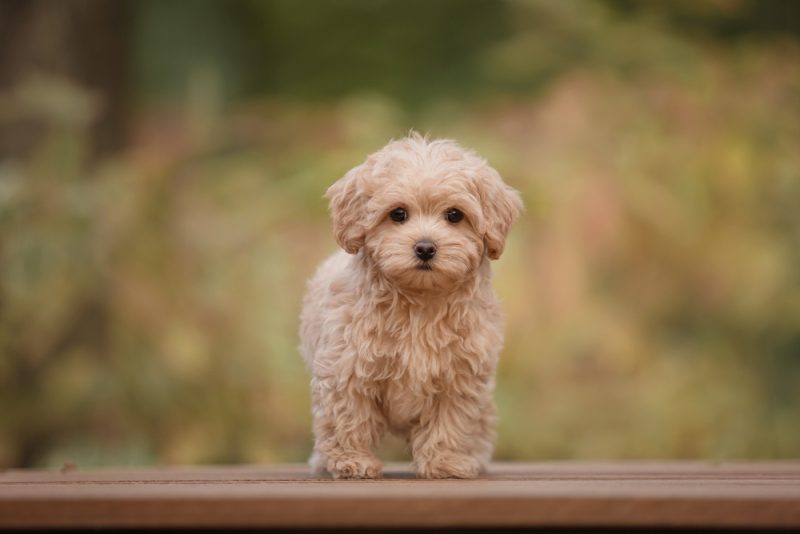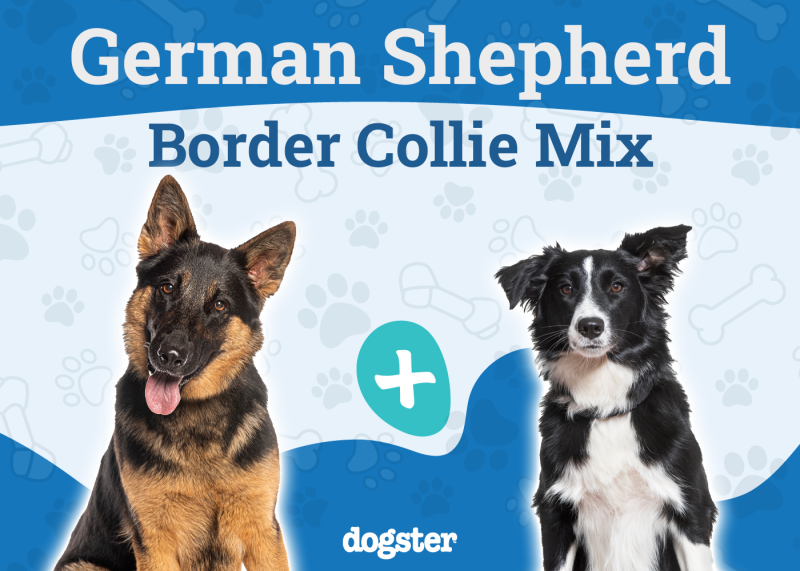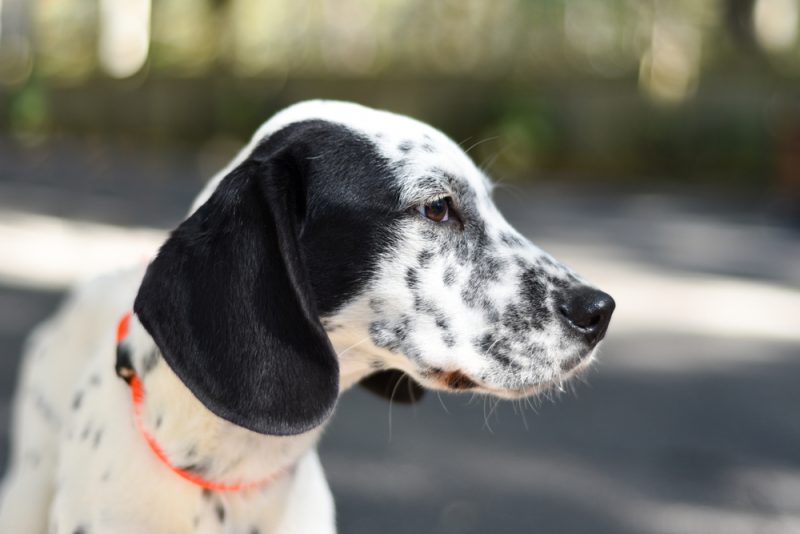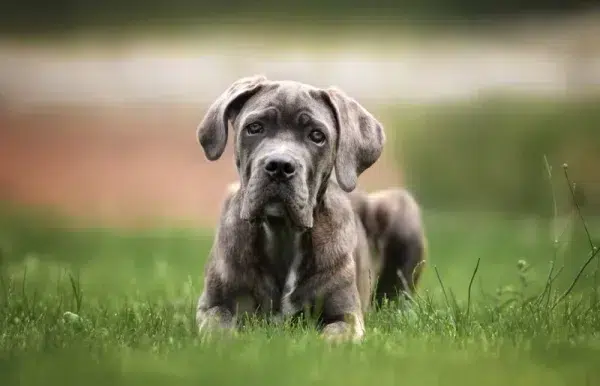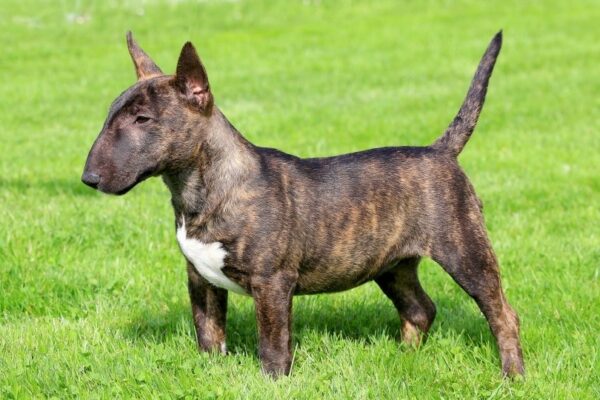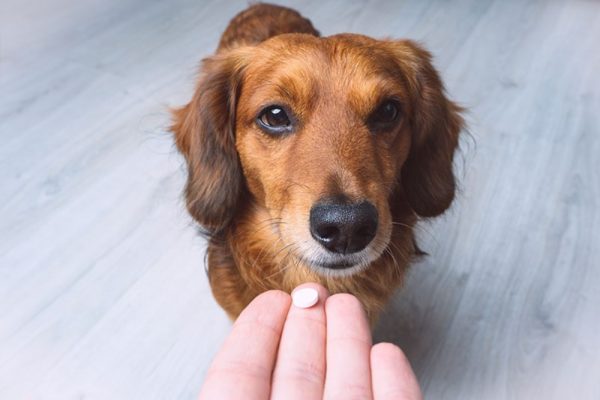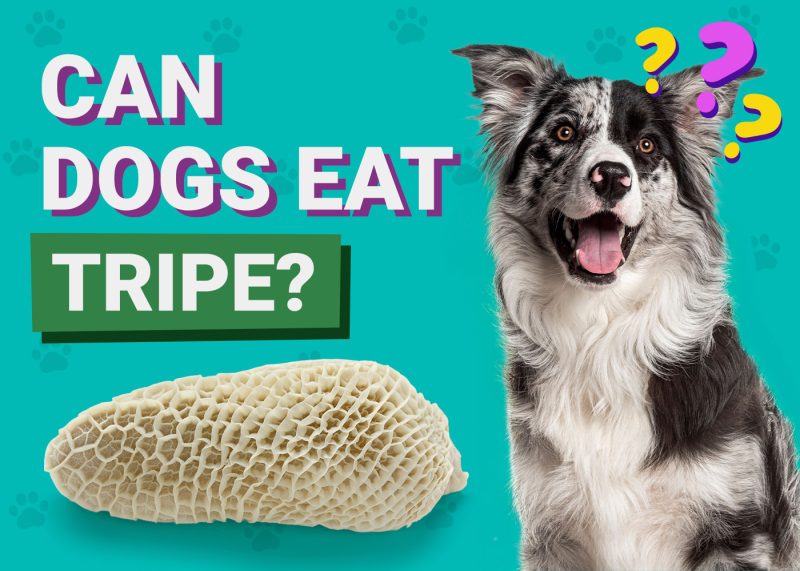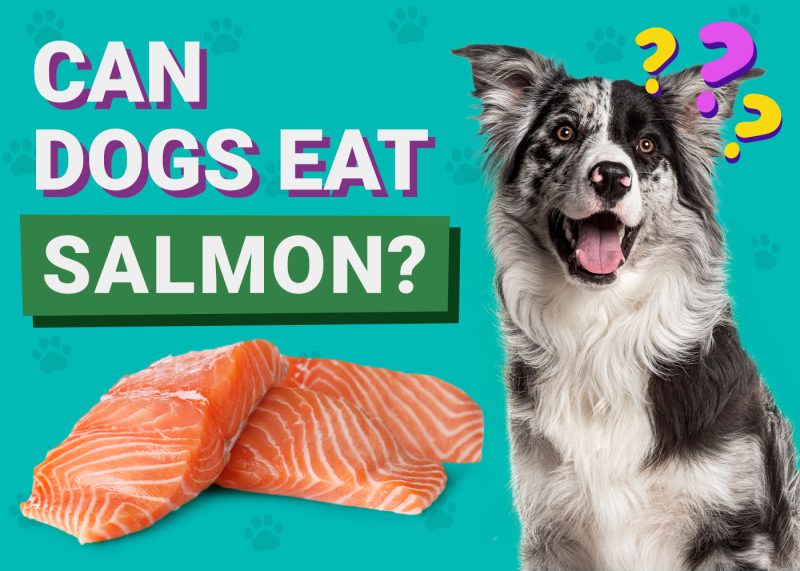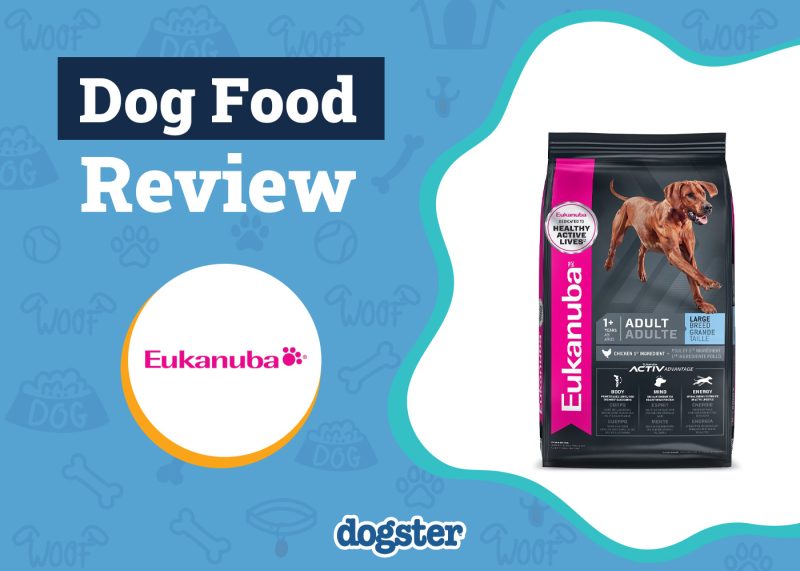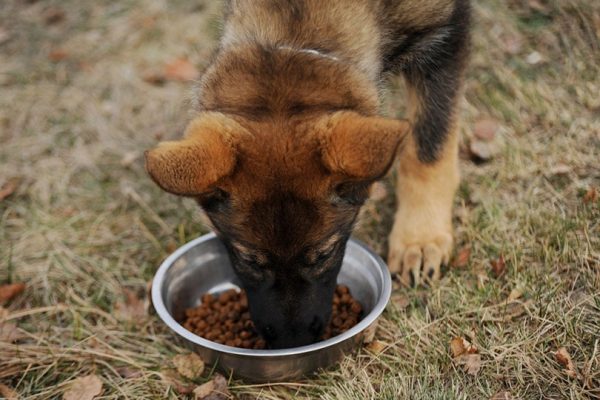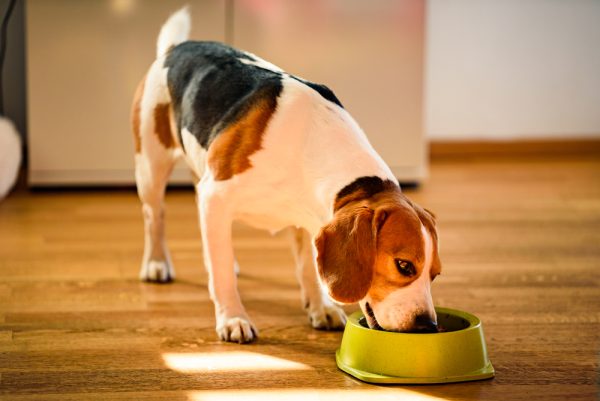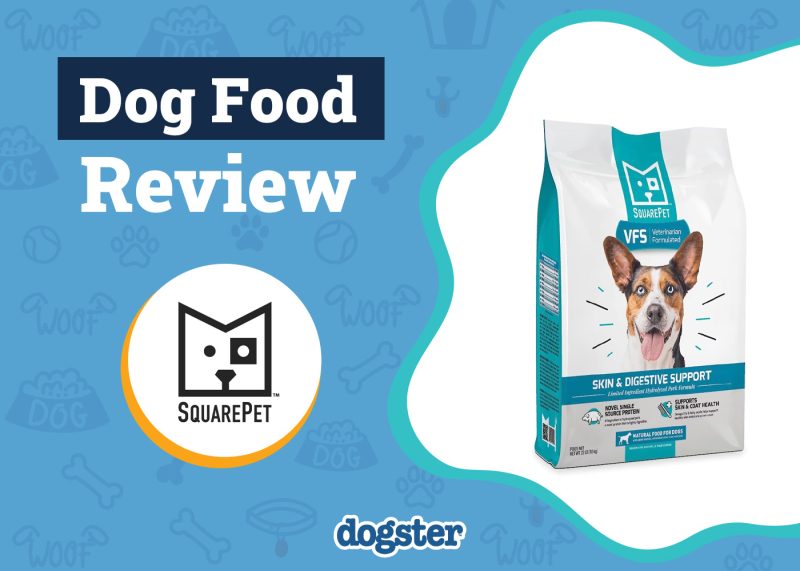Dogs can suffer from all types of lumps and bumps. Some of these are benign (non-cancerous), while others are malignant (cancerous). Cysts can be a very common type of lump found on your dog. The good news is that these are non-cancerous, though some can develop complications. While cysts can develop in or on multiple places of the body, we are going to focus on cysts associated with the skin for the purposes of this article. We’ll discuss what exactly cysts are, what causes them, what they can look like, and how you can care for a cyst on your dog.

What Is a Cyst on A Dog?
A cyst is defined as “a closed sac having a distinct membrane and developing abnormally in a cavity or structure of the body”. In other words, it’s a small pocket or sac either underneath or within the layers of the skin. Oftentimes these pockets will contain liquid and/or semi-solid cystic material as well. The material within the cyst helps determine what type of cyst it is, the most common types being a true cyst, follicular cyst, or sebaceous cyst.
There is a type of rare cyst called a dermoid cyst which develops prior to birth. Because these are so rare in the dog, we will not discuss them here. A false cyst may also develop due to trauma in your dog. In other words, a pocket of fluid such as blood and/or inflammatory fluid can develop due to trauma and tissue death. Because these are not an actual cyst (the sac does not contain the distinct membranous lining to classify it as such), we will also not discuss them further.
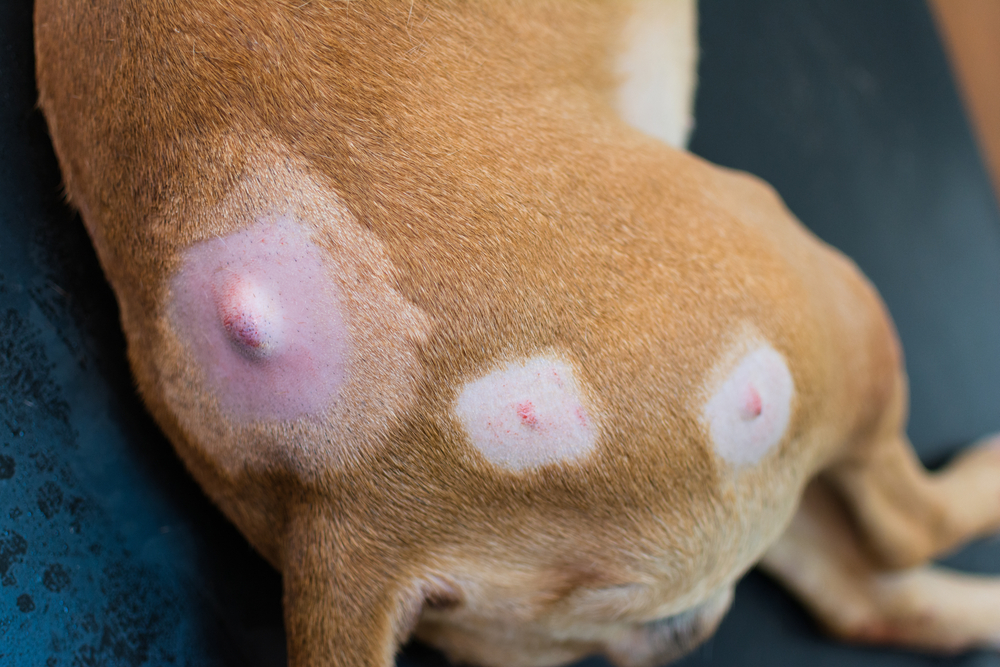
What Are the Signs of a Cyst in a Dog?
Cysts will often start as just small lumps or bumps on or under the surface of the skin. You may notice just a small raised nodule, or it may appear that the skin in that area has a small bubble underneath it, sometimes appearing slightly blue or black in color. When you palpate or feel a cyst, it will typically not be painful unless it has grown very large or become infected. It should feel slightly soft and squishy. Many dogs will not be bothered by them and may not even know they have them.
Cysts do not commonly have hair loss associated with them, making them difficult to find or see sometimes. Cysts can grow larger with time, though growth is typically very slow, and some can even stay the same size for years. As some cysts grow larger, they can start to become uncomfortable, infected and/or even rupture. This may result in bloody material oozing out from the swelling. Other times cystic material will be thick, cheesy, or almost toothpaste consistency with a yellow, gray, or brownish color to it. Other types of cysts may contain liquid of varying colors that can make them appear translucent, bluish, or even brownish both under the skin and as the material comes out. If this occurs, the cyst will shrink in size and become much smaller as the fluid and/or material is expressed out.
If your dog is showing any of these signs, we recommend speaking with a vet.
What Are the Causes of Cysts in Dogs?
The most common types of cysts in dogs we will discuss are follicular, true, and sebaceous. Follicular cysts are otherwise known as epidermoid cysts, and are dilated and/or enlarged hair follicles. The hair follicles often contain fluid or thick, toothpaste-consistency material and can frequently become infected. These cysts occur due to damage or trauma to the hair follicle(s), or when one or more pores become blocked and can even occur due to sun damage. A type of follicular cyst called a comedone (blackhead) can commonly develop in high pressure areas. In other words, along the sternum or bottom of the chest where dogs often put pressure when they are lying down. This is especially true for dogs with short hair coats who have less protection in these areas. There are a few breeds such as the Boxer, Shih Tzu, Schnauzer and Basset Hound that may have a genetic component to follicular cyst development.
Closely related to follicular cysts are the sebaceous cysts. These develop within a normal gland called the sebaceous gland, which are associated with each hair follicle. Similar to follicular cysts, these can also become infected. Development of these types of cysts are the same as for follicular cysts.
A true cyst produces liquid material known as secretions from its lining. These types of cysts often form within glands such as sweat glands and occur because one or more of the ducts which secrete fluid become blocked. Blockage can occur from infection, inflammation, or simply thickened or oily secreted material blocking the duct.
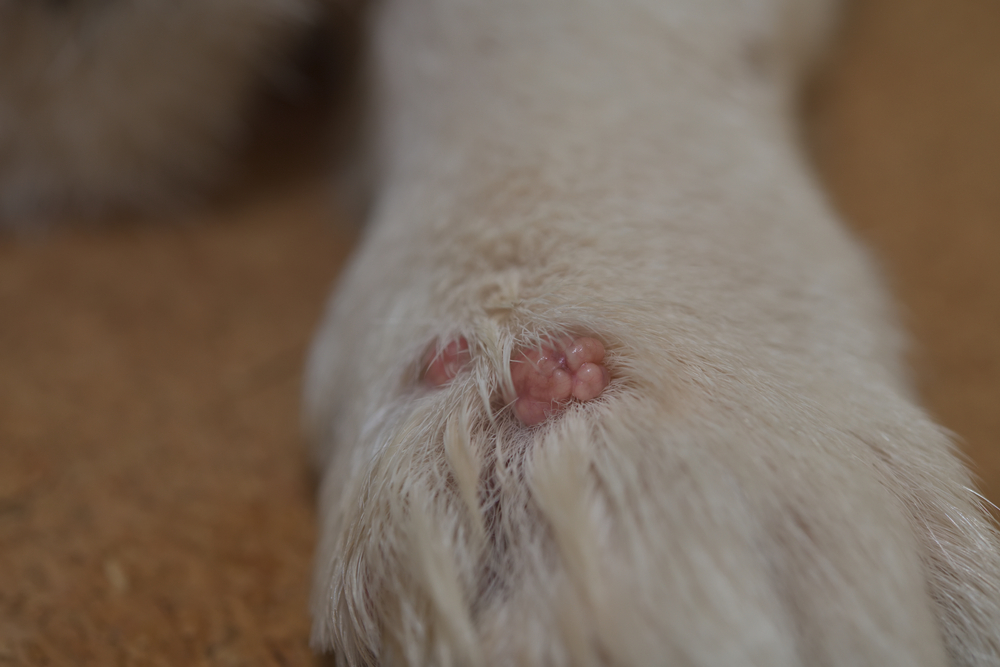
Diagnosing a Cyst in Your Dog
While your veterinarian may be fairly certain your dog has a cyst just by feel and appearance, the only way they can have a definite diagnosis is with histopathology. Histopathology is when a Board Certified Veterinary Pathologist examines a tissue sample under a microscope. Your veterinarian can either take a small tissue piece under sedation (incisional biopsy), or surgically remove the entire cyst under anesthesia (excisional biopsy), and then send the entire structure into the lab. The Pathologist will then determine if it is in fact a cyst, what kind of cyst it is, and rule out that it’s not some type of underlying cancer masking itself as a cyst.
While a cyst may rupture and a large amount of material expresses out, making the mass smaller or even disappear, your veterinarian can still not say with certainty that it was a cyst without testing. Many types of tumors or other cancers can develop infections, swellings, and similar material that may look like a cyst. This is why testing is always recommended, especially if your dog has any other abnormal signs.
How Do I Care for a Dog With a Cyst?
If your dog does not seem bothered by the cyst(s), and your veterinarian has diagnosed it as benign, you do not need to do anything. Continuously squeezing and trying to express the material will only cause more inflammation and damage to the surrounding tissues, potentially worsening the cyst. Along those lines, your dog should be prevented from licking, chewing, and/or biting at the cyst by placing an e-collar or potentially a t-shirt depending on the location.
If a cyst ruptures on its own, you can gently warm pack the area and only after you warm pack, gently express out any additional material. However, do not aggressively squeeze causing blood to come out and/or pain to your dog. Applying topical medications is not recommended unless specifically prescribed by your veterinarian as they may further block pores, ducts, and worsen secondary infection. In addition, many dogs will lick ointments off.
Your veterinarian may also recommend surgical removal depending on the location, size, and severity of your dog’s cyst(s). Laser treatment may also be an option if your veterinarian offers this service.
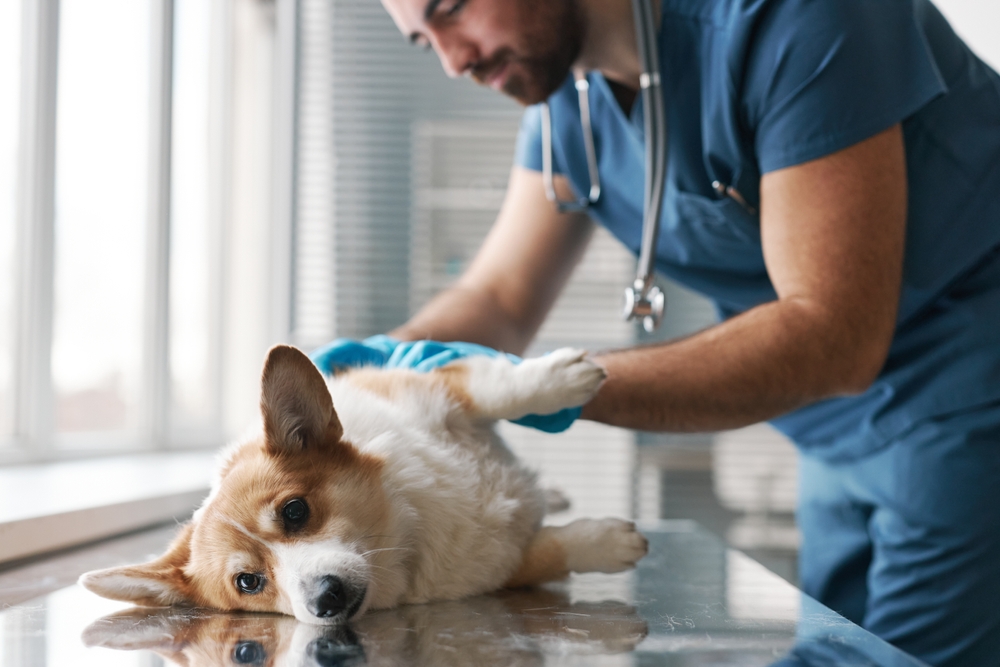

Frequently Asked Questions (FAQ)
Is This Cancer?
No. Cysts are not considered any type of cancer. They are simply benign lumps or masses that can occur in your dog. These types of lumps do not spread to other organs and/or internally.
Can a Cyst Be Surgically Removed?
Yes. If your dog has a cyst in a sensitive area (eyelid, prepuce, etc.) then your veterinarian may want to surgically remove it. While they are non-cancerous, growth in certain areas may cause sensitivity. Some cysts will also continuously become infected, fluid-filled, and/or large and painful without surgical removal.

Conclusion
Cysts are considered benign, or non-cancerous lumps that can develop in any dog at any age. Some dogs may be predisposed to getting them, with some dogs developing multiple in their lifetime. Most cysts are associated with the hair follicle, developing when there is trauma, sun damage, or other damage to the follicle or associated structures. Other cysts develop within secretory glands, such as sweat glands, from blocked pores and ducts. Depending on the type of cyst and location, material can be clear and/or bloody fluid, thick cheesy-like material, or any consistency in between. Your veterinarian may recommend surgical removal if the cyst is in a sensitive location, or has grown exceptionally large. You should never try to squeeze or agitate the cyst at home, as this can make it worse. Simple warm packing and monitoring is all you need to do. Never try to cut the cyst and/or apply any topical medications, as these may cause more issues for your dog. While cysts are benign, your veterinarian should perform diagnostics to determine there is not any underlying cancer.
Featured Image Credit: Todorean-Gabriel, Shutterstock
